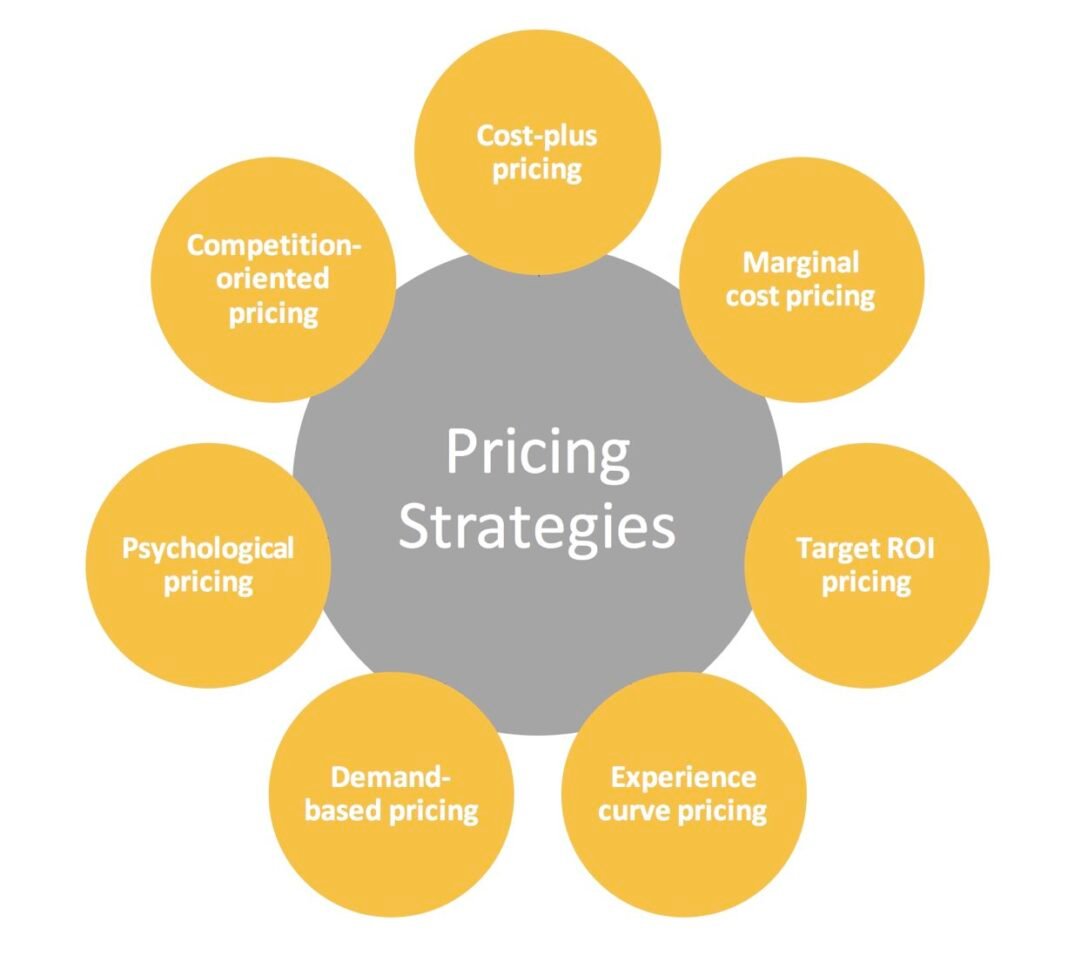Setting the right price for your online products is a critical element in driving sales and ensuring profitability. A well-crafted pricing strategy takes into account various factors, including production costs, market demand, competition, and perceived value. In this article, we will delve into the key steps to create a winning pricing strategy that maximizes your revenue potential while keeping customers satisfied.
Understand Your Costs
The foundation of any pricing strategy lies in a clear understanding of your costs. Calculate the direct costs involved in producing your product, including materials, manufacturing, shipping, and packaging. Don’t forget to consider indirect costs such as overhead, marketing, and operational expenses. Without a solid grasp of your costs, you risk setting prices that could lead to financial losses.

Research Market and Competition
Conduct thorough market research to understand the pricing landscape within your industry. Analyze your competitors’ pricing strategies, noting the range of prices for similar products. This will provide insight into the price sensitivity of your target audience and help you position your product competitively. However, remember that blindly matching your competitors’ prices might not always be the best approach; instead, aim to offer unique value that justifies a premium.
Also Check: Cybersecurity for Online Businesses: Protecting Your Data and Customers
Also Check: SEO Strategies to Rank Your Online Store Higher in Search Engines
Define Your Value Proposition
Your pricing should align with the value you offer to customers. Define your unique selling points (USPs) and how they differentiate your product from others in the market. Whether it’s superior quality, innovative features, exceptional customer service, or convenience, these factors can support a higher price point. Clearly communicate these benefits to potential customers to justify the value of your product.
Segment Your Target Audience
Not all customers are the same, and they may have different perceptions of value and willingness to pay. Segment your target audience based on factors such as demographics, preferences, and buying behavior. Create pricing tiers or bundles that cater to various customer segments. This allows you to capture a wider range of customers, each perceiving value at their own level.
Implement Psychological Pricing
Psychological pricing techniques can influence how customers perceive your product’s value. Strategies such as “charm pricing” (ending prices with .99), “prestige pricing” (setting higher prices to convey exclusivity), and “bundling” (offering multiple products at a slightly reduced price) can all impact customer perception and purchasing decisions. Experiment with these techniques to find what resonates best with your audience.
Consider Dynamic Pricing
Dynamic pricing involves adjusting prices in real-time based on market demand, competitor pricing, and other relevant factors. While this strategy is more complex to implement, it can help you optimize revenue by capitalizing on peak demand periods and adjusting prices during slower sales periods. Just ensure that frequent price changes don’t confuse or alienate your customers.
Leverage Limited-Time Offers
Limited-time offers create a sense of urgency, encouraging customers to make a purchase decision quickly. Flash sales, seasonal discounts, and special promotions can all drive short-term spikes in sales. When implementing these offers, make sure they align with your overall pricing strategy and that they don’t negatively impact your brand’s perceived value in the long run.
Monitor and Adjust
A successful pricing strategy is not static; it requires continuous monitoring and adjustment. Regularly review your sales data, customer feedback, and market trends. If you notice declining sales or increased customer resistance due to pricing, it might be time to reevaluate your strategy. Flexibility and responsiveness are key to maintaining a healthy pricing approach.
Conclusion
Crafting a winning pricing strategy for your online products is a delicate balance between capturing value and meeting customer expectations. By understanding your costs, researching the market, defining your value proposition, segmenting your audience, and implementing psychological pricing techniques, you can create a strategy that drives sales and enhances customer satisfaction.
.
.
.
All images are taken from Freepick, Unplash, Pixabay, Internet & from respected Companies

